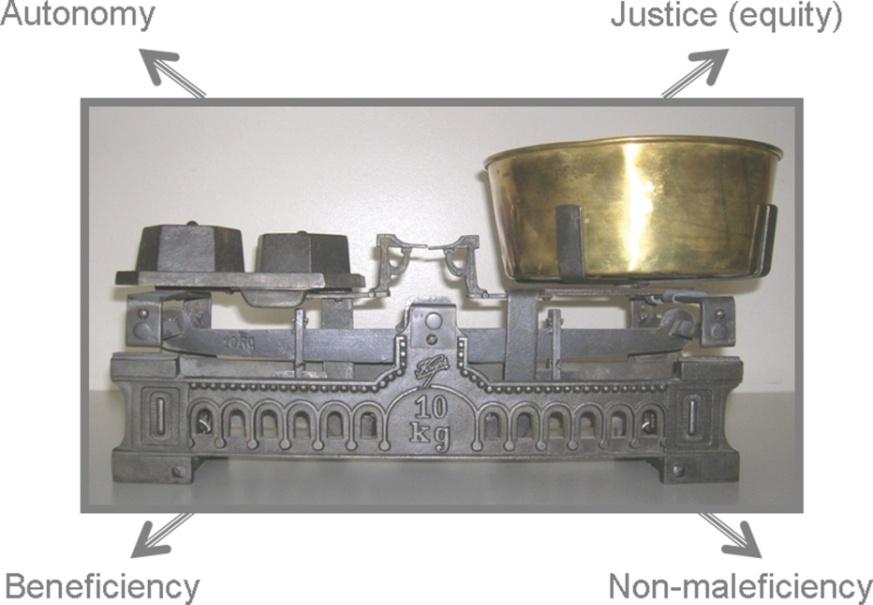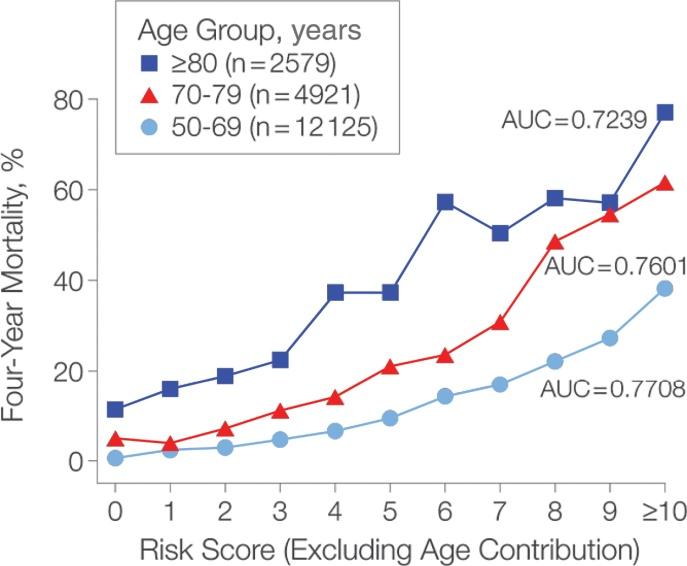
3 minute read
Patient-Focused Approach
immunotherapeutic strategies, such as IFN and high dose interleukin 2 (IL-2), were the only treatment for advanced RCC, with their use limited in elderly patients due to toxicity and modest clinical benefit.
Recently, immune checkpoints have been described as key regulators of the T cell immune response that are able to inactivate or activate the immune system. This knowledge has led to the development of monoclonal antibodies that block the interaction between immune checkpoint proteins and their receptors, leading to promising and durable responses in patients with advanced RCC.
Advertisement
A phase II study of nivolumab, an inhibitor of programmed cell death protein 1 (PD-1), in previously treated patients with mRCC showed an overall response rate of 20% and median OS ranging from 18.2 to 25.5 months, depending on the dose received. An acceptable toxicity profile, and one which differs from that observed with VEGF-targeted therapies, was reported. Positive results from a pivotal phase III trial comparing nivolumab with everolimus in previously treated patients with metastatic clear cell RCC, have been recently reported. The final analysis showed an improvement in OS (25 vs. 19.5 months, respectively), including an elderly population. Similarly, early phase studies evaluating the role of the combination of immune checkpoint inhibitors have reported encouraging preliminary results (NCT01472081). However, the toxicity profile of the combination may limit their use in the elderly population.
The populations enrolled in the pivotal RCTs differ, which renders comparisons regarding efficacy and tolerability difficult. Patients with mRCC represent a heterogeneous group and no single agent will provide optimal benefit to all patients. In addition, populations recruited to RCTs under-represent certain patient subtypes, notably the elderly and those with comorbidities. Consequently, the suitability of a specific targeted agent for a given patient group, such as the elderly, will depend on a number of factors, including disease, patient- and treatment-related characteristics. Data from expanded access studies and clinical experience may be as relevant as the results of RCTs when making the difficult decision regarding which agent is best for a specific patient.
A schema has been proposed to show how different sources of data can be integrated when selecting treatments. This takes into account nine factors relevant to clinical decision making and provides an easily understandable visual indication when assigning the strength with which a particular agent can be recommended for use in specific patient subgroups (Fig. 2). In this “patient-focused schema,” an individualised approach to treatment selection is proposed. Treatment should be tailored according to the available agent (sunitinib, axitinib, pazopanib, sorafenib, bevacizumab, temsirolimus, or everolimus) to meet individual circumstances and needs. For a given case, patient, disease-, and treatment-related characteristics should be evaluated individually. These should be taken into consideration together with the efficacy and toxicity/tolerability profile of each targeted agent to allow a tailored treatment.
Figure 2. Parameters to consider when choosing an appropriate treatment for the individual patient with renal cell cancer
We recommend the integration of this approach into everyday clinical practice, even though achieving this is a considerable clinical challenge. Notably, recently published international guidelines for the treatment of RCC, such as the kidney cancer guidelines from the National Comprehensive Cancer Network (NCCN), recognise the importance of an individualised approach to therapy and base their recommendations on broader criteria, emphasising the value of clinical judgement and experience to support treatment decisions for individual patients.
In the absence of controlled comparisons between the agents discussed in an elderly population, it is not possible to say that any one of these agents is more or less suited for use in elderly patients.
Even an indirect comparison of the relative frequency or severity of a specific toxicity is inappropriate since the phase III studies, which provide the most robust toxicity data, were conducted in different populations and the side effects of treatment were assessed by different groups of investigators.
Table 2. Most Common Adverse Events (All Grades) in Descending Order of Frequency, as Reported in the Pivotal Studies with Single-Agent Targeted Therapy.
Agent Nonhaematological adverse event Haematological adverse events Other laboratory abnormalities
Axitinib Hypertension Fatigue Decreased appetite Nausea None listed None listed
Dysphonia Hand-Foot Skin reaction Hypothyroidism Weight loss Pazopanib Fatigue Changes in hair colour Hand-Foot Skin reaction Dysgeusia Rash Constipation Weight loss Alopaecia Sorafenib Diarrhoea Rash or desquamation Fatigue Hand-foot skin reaction Alopaecia Nausea Pruritis Hypertension Anorexia Vomiting Sunitinib Diarrhoea Fatigue Nausea Stomatitis Vomiting Hypertension Hand-foot syndrome Mucosal inflammation Rash Asthenia Temsirolimus Asthenia Rash Nausea Anorexia Pain Dyspnoea Infection Diarrhoea Leukopaenia Thrombocytopaenia
Decreased haemoglobin
Leukopaenia Neutropaenia
Anaemia Thrombocytopaenia Increased AST Increased ALT
None listed
Increased creatinine Increased lipase
Hyperlipidaemia Hyperglycaemia




